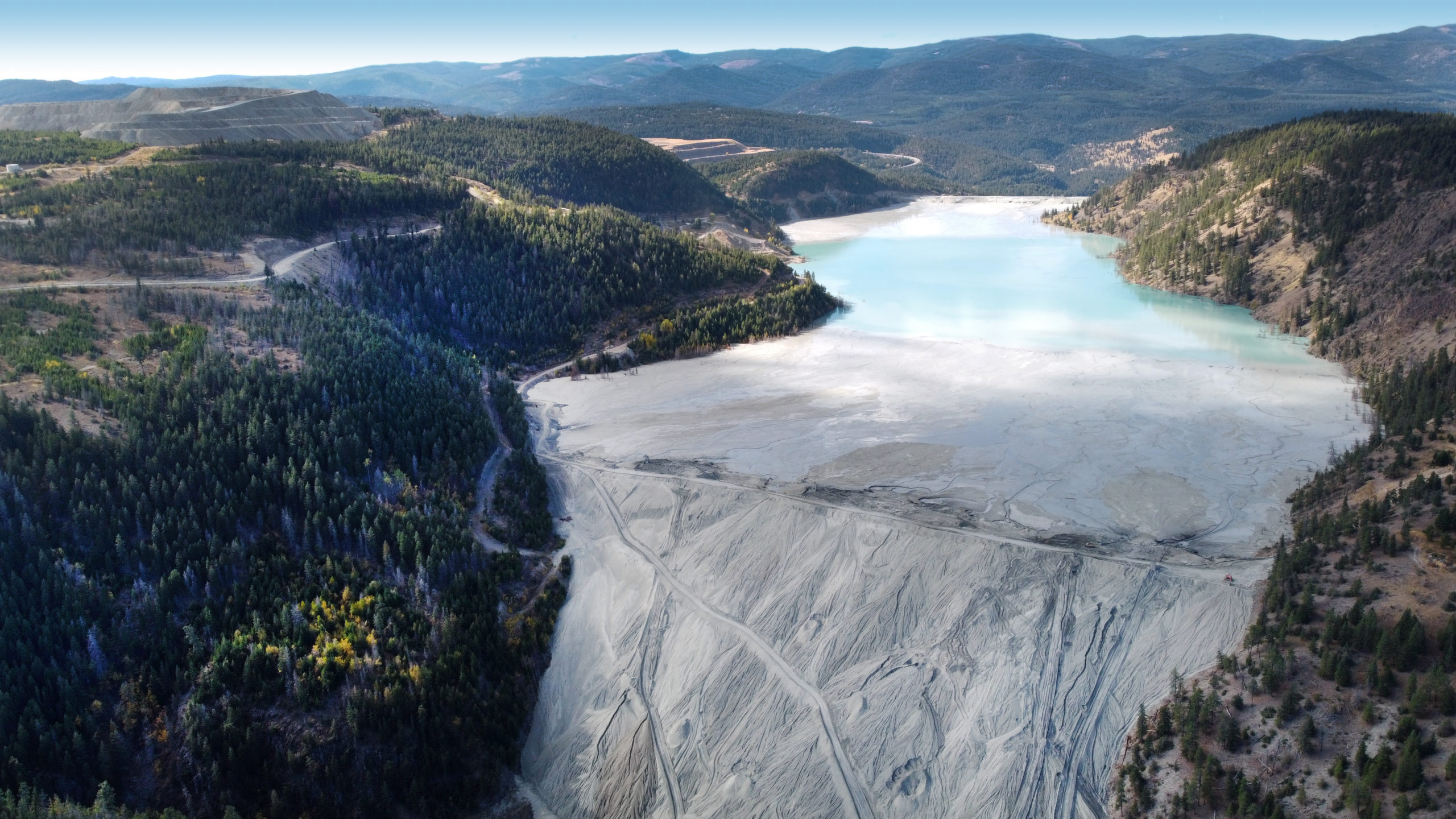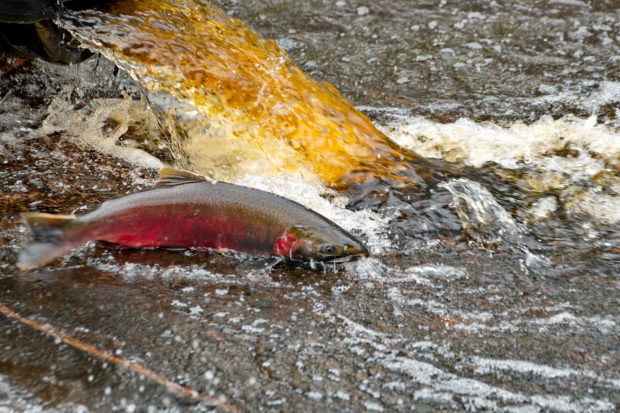We have much more to do and your continued support is needed now more than ever.
A Note to Our Canadian Neighbors: Dirty Mining Doesn’t Pan Out

Last summer confirmed what climate scientists have been telling us for decades: Extreme climate events are the new normal. Witness Yellowstone, Kentucky, or St. Louis where catastrophic, once-in-a-1000-year flooding events destroyed infrastructure and swept away entire communities.
With this in mind, consider the mining boom underway in the province of British Columbia, Canada. The number of mines along waters that flow into US communities are predicted to double, and the surge in mining projects is dangerously step-in-step with the increased likelihood of a catastrophic flooding event. This puts staggering quantities of toxic mine waste–and irreversible destruction–on a direct path toward our watersheds.
In December 2022, Indigenous leaders from Canada and the U.S. Pacific Northwest met with members of Congress and officials with the Biden Administration and Canadian Embassy to urge them to put pressure on the British Columbia government to protect communities, sustainable fisheries, and transboundary watersheds from toxic mining. You can read more about those meetings here.
Mine tailings: A dangerous genie in a breakable bottle
Toxic waste is an unavoidable aspect of mining. Mining operations generate millions of gallons of arsenic, mercury, and other dangerous metals and toxins that are stored behind tailings dams. As mine operations expand, which they often tend to do, so do the dams, holding back larger and larger amounts of environmentally hazardous waste. Imagine if one of those dams broke? This isn’t a hypothetical scenario. Globally, there have been 71 known tailings dam failings since 2010 that led to 482 deaths and 1300 miles of damaged waterways.
Circling back to extreme weather events, we know we can expect more and more of them. This spells serious consequences for tailings dams, which like all infrastructure, are vulnerable when pushed beyond structural engineering limits. This is precisely what experts predict: Climate-fueled storms are increasing the likelihood of mining waste disaster scenarios. This would lead to the discharge of millions and millions of gallons of toxic mining waste into rivers, destroying riparian habitats, contaminating ecosystems, and polluting community water supplies. This isn’t limited to a small region, drainages across Alaska, Washington, Idaho, and Montana face staggering risks.
Upstream choices, downstream consequences
Given the surge of mining activity in British Columbia, it’s startling to learn that the provincial government has failed to meet some of the most basic criteria for world-leading mining regions. Worse, it has yet to close loopholes that have allowed “serial offenders” like Copper Mountain Mine to expand. The Copper Mountain Mine tailings pond sits at the headwaters of the Similkameen River. The Similkameen flows into the beloved Okanogan River, which in turn flows into the Columbia. The Copper Mountain tailings dam is already three times as tall as the one that failed at Mount Polley, where 24 million cubic meters of mine waste flowed into the Hazeltown Creek Quesnel Lake and other area waterways.

First Nations and Northwest Tribes also have much to be concerned about. The BC government has been dragging its heels on Indigenous consent policies, despite enacting its Declaration on the Rights of Indigenous Peoples Act in 2019. At the time, mining reform advocates were hopeful the province would update provincial laws.
“Exploration and mining activities persist as if the Declaration Act does not exist,” Grand Chief Stewart Phillip, president of the Union of BC Indian Chiefs, said in a statement. Downstream in Washington state, numerous Northwest Tribes are understandably concerned, like the Colville Tribe, which commissioned an independent expert analysis. The recently published report details the risk factors for tailings dam failure and coincided with the publication of an interactive online map that clearly details the billions of metric tons of toxic liquid mine waste looming over the landscape.
The Upper United Columbia Tribes will bring together Indigenous voices from Alaska, Washington, and Idaho in September to identify key legal and policy strategies to successfully address the transboundary impacts and threats to shared US waters.
We rely on good neighbors
The Northwest is home to stunning natural beauty and resources of national importance, such as salmon. In partnership with our affiliate Conservation Northwest, the National Wildlife Federation is leading the charge in calling on elected officials to push Canada for stronger regulation.
“Washington and British Columbia are neighbors that share so much that is good, including some beautiful rivers that flow south across the border,” said Mitch Friedman, executive director of Seattle-based Conservation Northwest. “But this report shows that British Columbia is playing fast and loose with its mining waste, putting the entire Northwest region, its communities, and resources at dire risk. That is anything but neighborly of them.”

The health of our rivers—and thus our salmon and the 130 species that depend on them—are in the path of danger. Our leaders need to raise their concerns to their Canadian counterparts: Our landscape is too valuable for reckless and dirty mining practices.
Seeing is believing. Watch the video below.





















